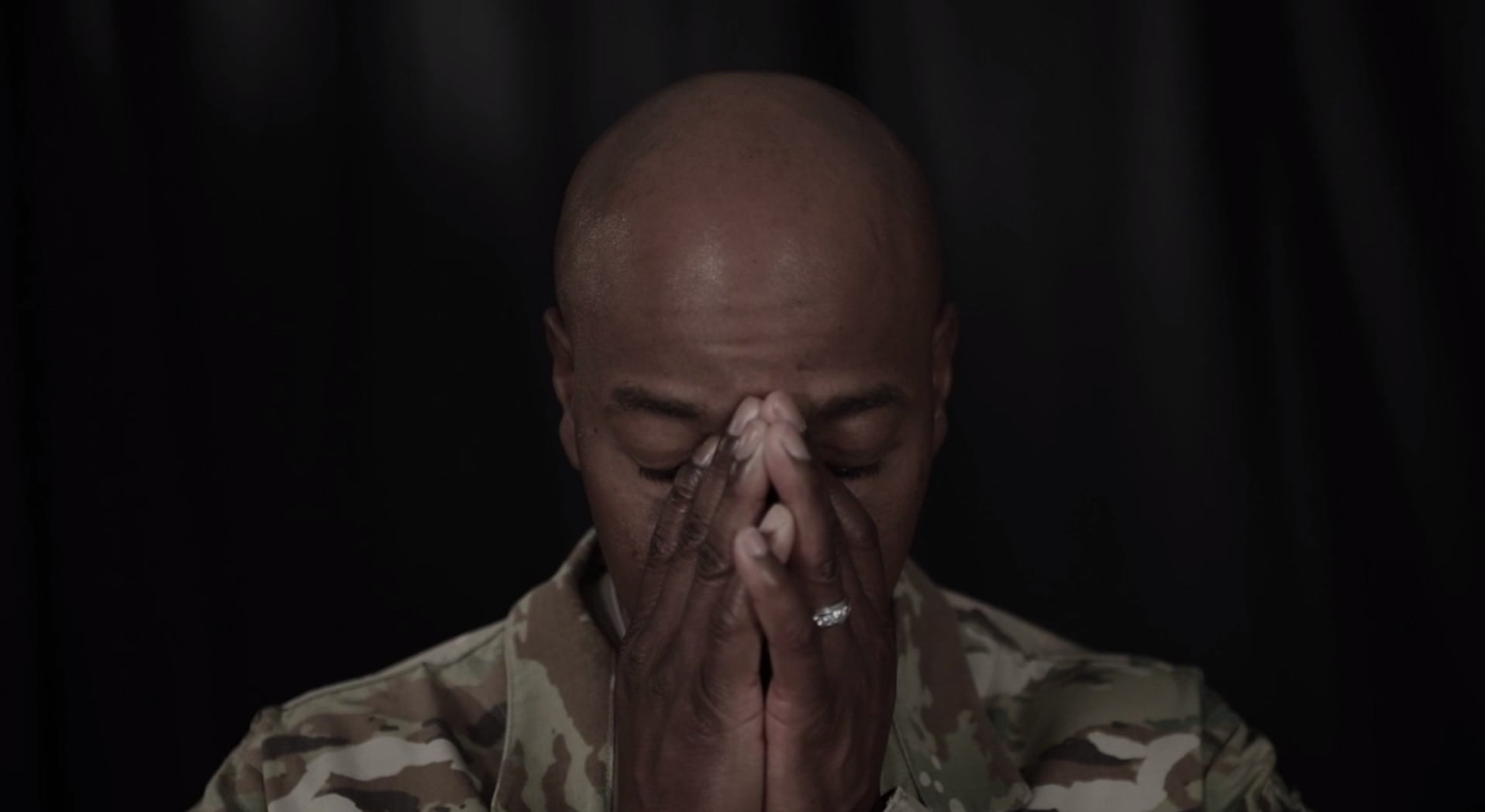The Air Force on Friday said that 137 uniformed airmen — active duty, Guard and Reserve — and Air Force civilian employees died by suicide in calendar year 2019.
That represents roughly a 33 percent increase over the 103 deaths by suicide in the Air Force the previous year.
It also means that 59 airmen and civilians killed themselves since the Air Force sounded the alarm about the spike in suicide deaths Aug. 1 and declared a one-day stand-down to focus on resiliency and suicide prevention. In a video posted online that day, Chief Master Sergeant of the Air Force Kaleth Wright said 78 airmen had taken their own lives so far that year, or 28 more than had died by suicide at that point in 2018.
Wright said then that, at that pace, the Air Force was on track to lose 150 to 160 airmen to suicide in 2019.
Though the final toll did not end up being that disastrous, it remains the most devastating year of suicides in well over a decade.
The Air Force did not further break out the 137 number. But leaked Air Force slides posted on the unofficial Facebook page Air Force amn/nco/snco, which listed the 2019 tally as 136, said that 84 active-duty airmen, 24 civilians, 14 reservists and 14 Air Guardsmen had killed themselves last year.
That means the majority of the increase in suicides came among active-duty airmen. In 2018, according to the Pentagon’s official report on suicide, 60 active-duty airmen killed themselves. The slide noted that as of Dec. 31, 68 of those 84 active-duty deaths were still suspected, but were not yet confirmed, as being due to suicide.
Suicide deaths among reservists also increased in in 2019, after a brief, sharp decline in 2018. The number of deaths by suicide in the Air Force Reserve dropped from 11 in 2017 to 3 in 2018, before jumping all the way back up again in 2019.
RELATED

“The Department of the Air Force has been and continues to pursue immediate, mid-term and long-range suicide prevention initiatives for the total force that focus on connections between individuals, units and Air Force family; protections in environments, services and policies; detection of risk in individuals and units; and equipping the total force and family members to mitigate risk and increase resilience,” Lt. Gen. Brian Kelly, deputy chief of staff for manpower, personnel and services, said in an email to Air Force Times. “Suicide is a difficult national problem without easily identifiable solutions that has the full attention of leadership.”
Another slide posted on the amn/nco/snco page said aircraft maintenance and security forces were consistently the highest represented career fields in suicide deaths. They are two of the largest career fields, the slide noted, but they also tend to be more male and more likely to be “familiar with lethal means.”
Those two career fields are historically younger, the slide noted, but the American Foundation for Suicide Prevention says middle-aged and older men are more likely to die by suicide.
Men are statistically more likely to die by suicide than women, according to the foundation, and men in the Air Force are also statistically more likely to kill themselves than women, according to one of the slides.
Men make up 80 percent of the active-duty Air Force, it said, but account for 92 percent of suicide deaths. Women make up 20 percent of the active-duty Air Force but account for 8 percent of suicide deaths, although they represent 35 percent of suicide attempts, according to the slide.
About 10 percent of airmen who died by suicide had been under investigation within the three months prior to their death, according the slides. More than one-third of those who killed themselves had a relationship fail in the previous three months, the slide said.
Stephen Losey is the air warfare reporter for Defense News. He previously covered leadership and personnel issues at Air Force Times, and the Pentagon, special operations and air warfare at Military.com. He has traveled to the Middle East to cover U.S. Air Force operations.





